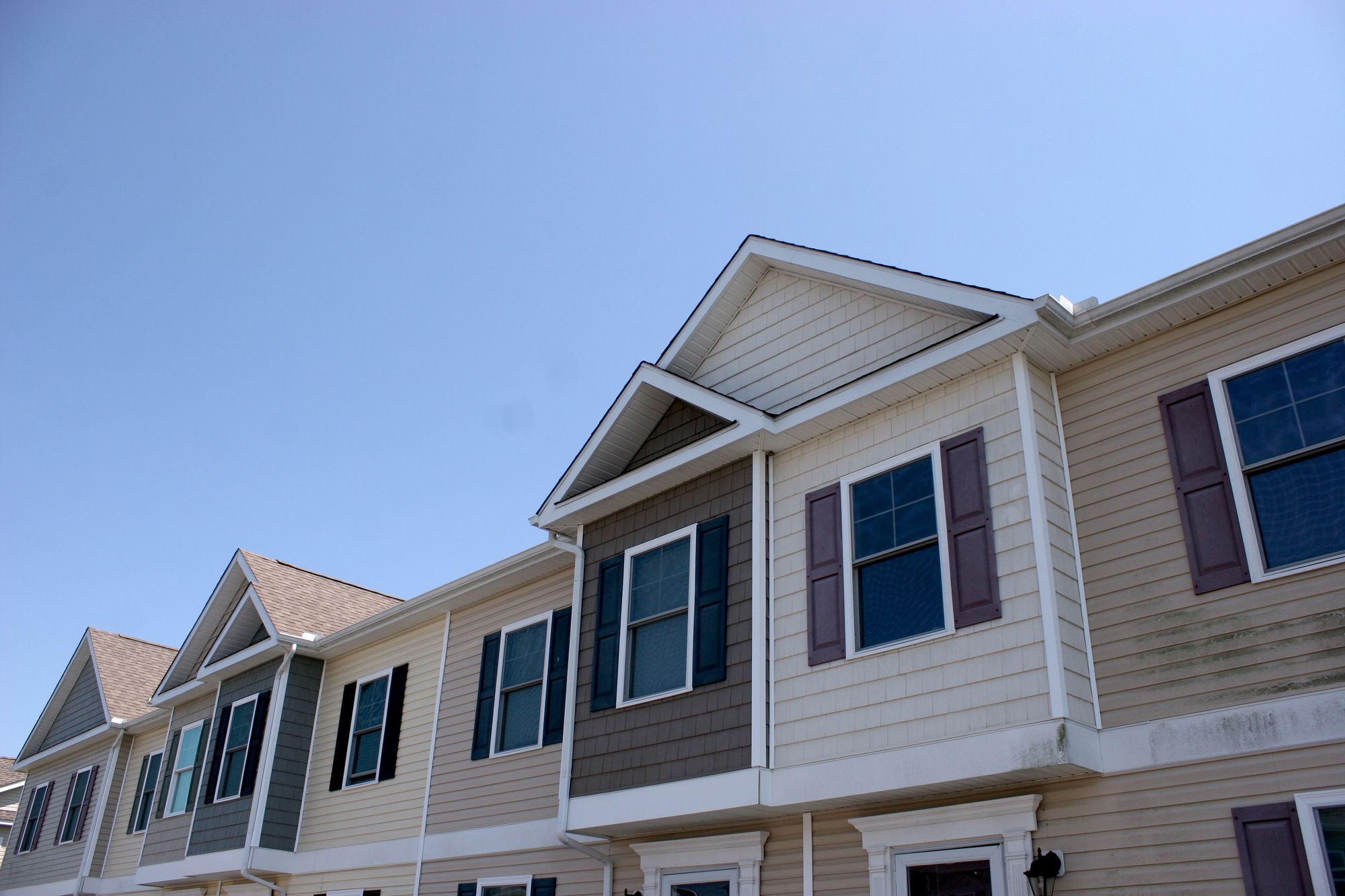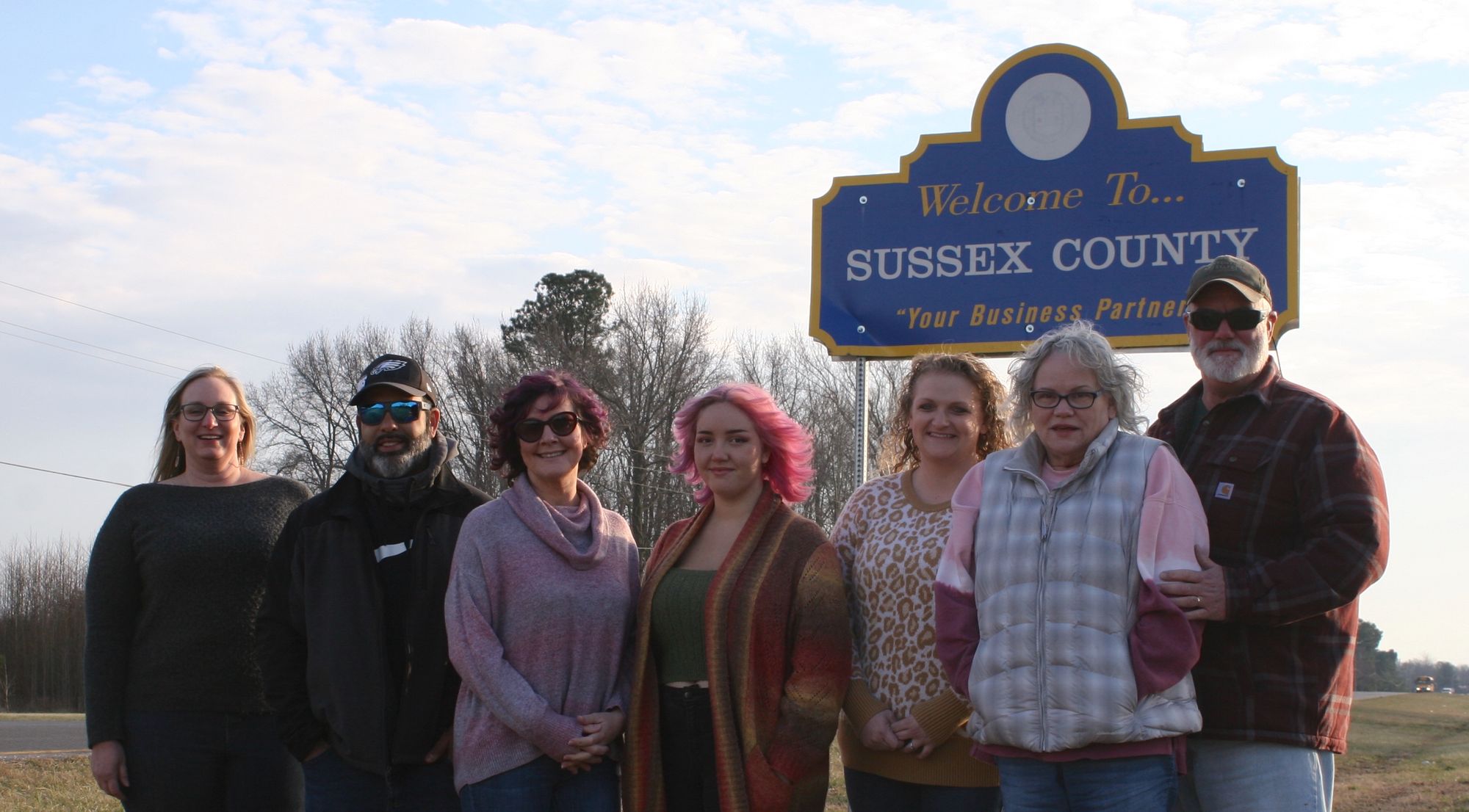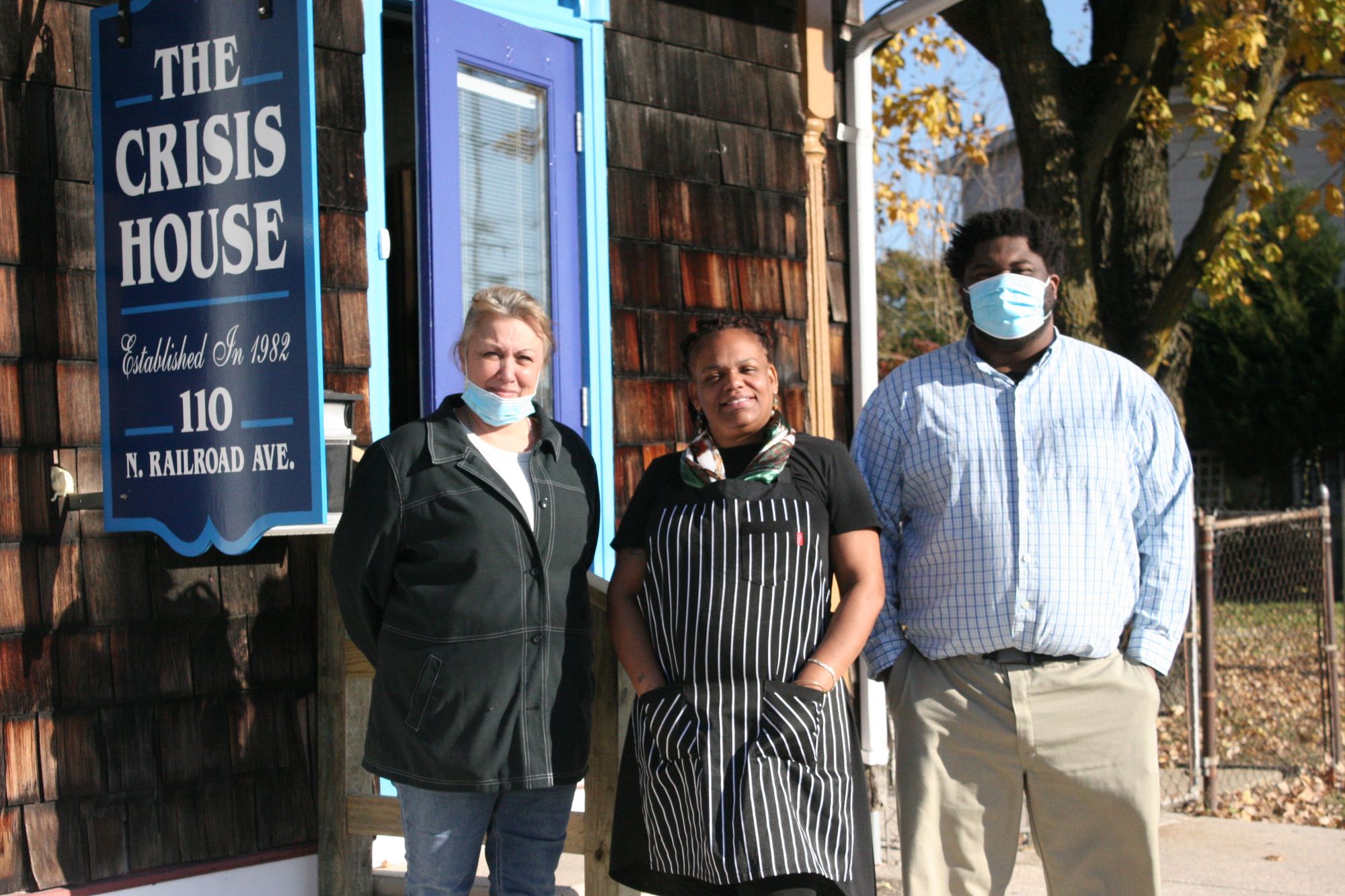Tiny homes: With average houses too pricey, some want to try shrinking them
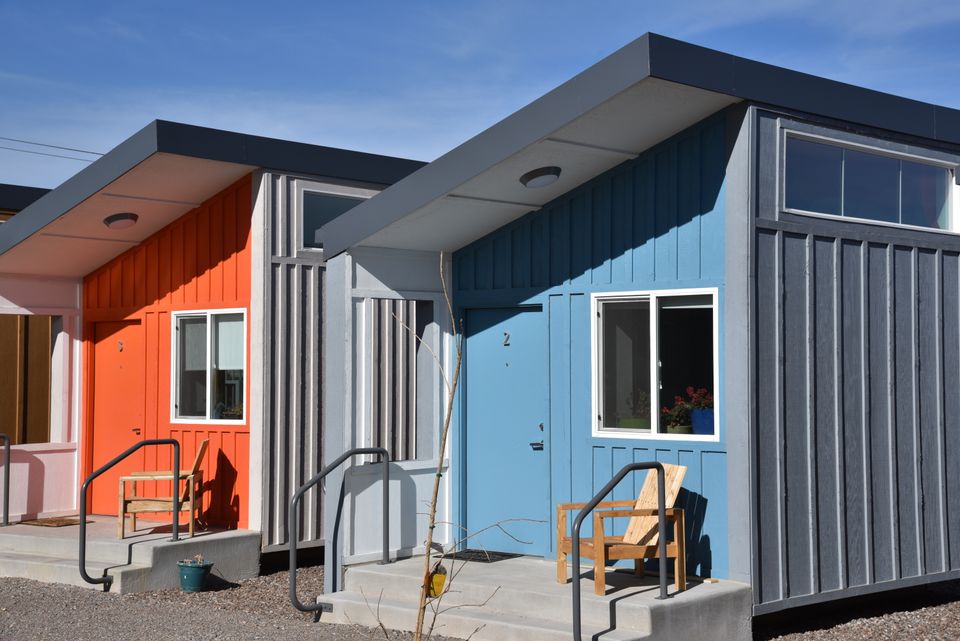
Minimal.
Like one-word ledes, the tiny home movement aims to get right down to the essentials. Some want a cute, sleek bonsai house they can show off on Instagram, some want to live without so much stuff encumbering their lives, and others see a way to ease the housing crisis.
It's that last goal we'll examine in more detail. Over the past weeks the Independent has been taking a look at a growing crisis: how there are nowhere near enough affordable homes in Delaware, and how that’s contributing to homelessness and financial woes for people on the lower end of the income scale. Even rental prices can be out of reach.
Around the country, there’s a growing movement to create tiny home villages or change zoning laws to allow for smaller houses, ones people with low incomes can afford. And some local advocates are trying to find a way to bring that movement to Delaware.
“You can take say, a lot of a half acre, or a 5 acre parcel, you don’t need anything big,” said Michele Williams, a local housing advocate who is working to change attitudes toward affordable housing and promote policy changes.
“You can even put in ‘tiny house’ townhouses,” she said. “There’s a lot of different things and options that you can do to increase density and affordability on a small lot without changing the area, what the area looks like.”
What exactly is a tiny home? There’s no settled, agreed upon definition. The diehards say it has to be 250 square feet or smaller, said Krista Evans, director of planning and geography at Missouri State University, who has studied tiny homes extensively. She’s also seen one definition as 1,000 square feet or smaller. Her working definition, though, is anything 500 square feet or less. That’s about the size of an average kitchen and dining room, or one of the old log cabins built by European settlers. A roof, a place to eat and sleep, and not a lot more.
Williams said the term tiny home can actually cover quite a range of home types, some on wheels, others on a solid foundation or on skids.
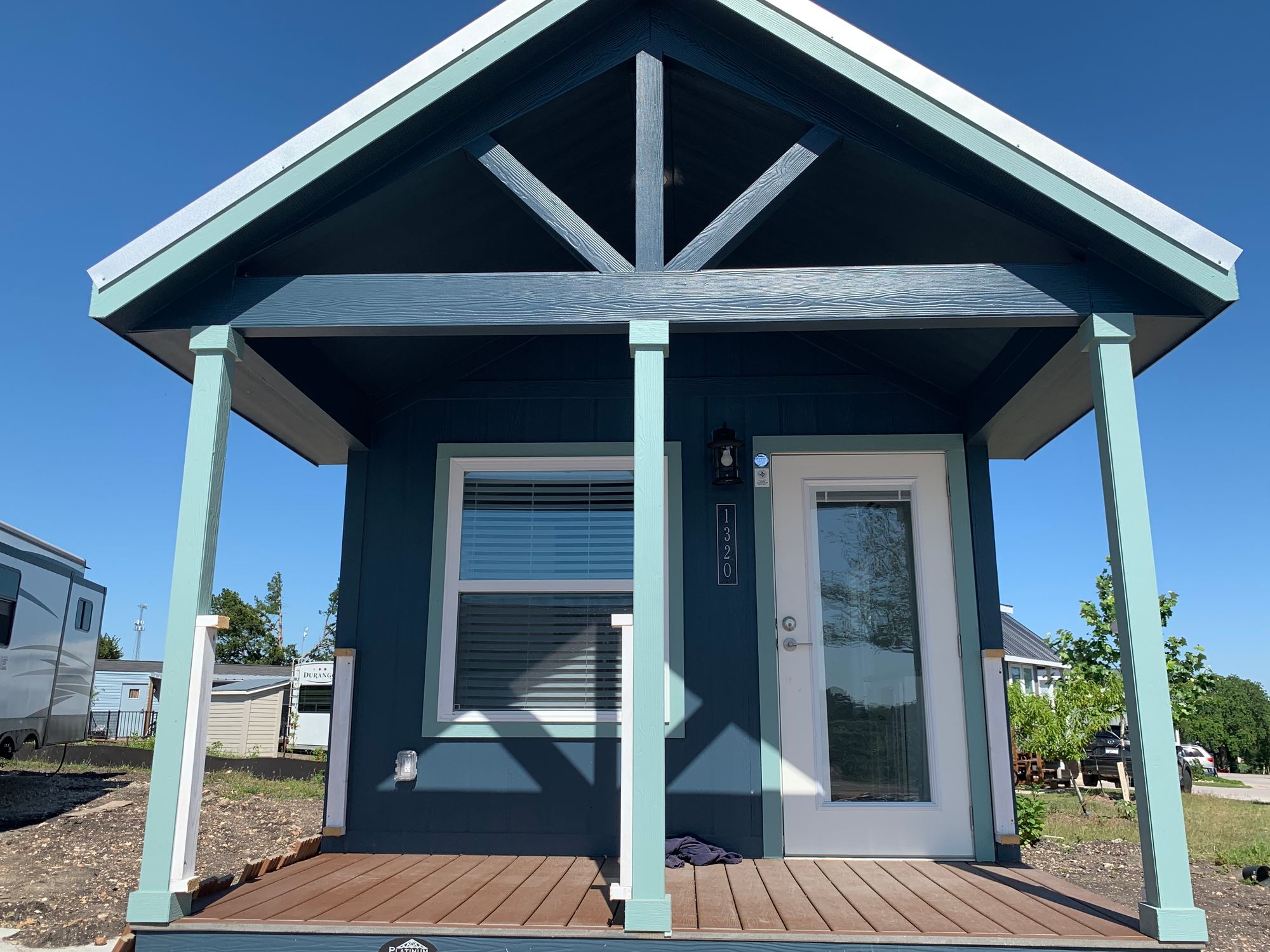
Whatever the definition, small home living is still a fairly new movement, but it’s growing. Evans and her students did a study in 2020 on the number of tiny home villages in the U.S. They found there were 34 in operation and efforts underway to start another 57.
Now, “I have to redo it already,” Evans said, “because there’s like double the amount of villages that there were just like two years ago.”
The movement has yet to arrive in Delaware in any meaningful way. An effort by a nonprofit named Port Hope Delaware to bring a tiny home community to the Dover area has not been successful to date. Its original effort in 2016 stalled in part because neighbors at the chosen location balked at having the village next to them, Delaware Online reported.
Tiny homes do exist here, but they’re rare. Williams knows of three in Sussex County.
Part of the problem is Delaware housing code doesn’t know how to deal with tiny homes, making it hard for people to put them in.
“Tiny houses are not in any code. So it’s about code development at that point. So you’ve got changing jacked up codes, then building new policies to support that,” Williams said.
Well, they’re not in most codes. One exception is the city of Harrington, which specifically adopted code language on tiny homes.
A prime example of the lack of direction on tiny homes was the reaction of the Sussex County Planning and Zoning Commission earlier this year when confronted with the idea. Ashley DiMichele, a tiny-home owner from the Milton area, was using a tiny home on wheels on her property as a rental for tourists and asked for conditional use approval for the setup.
She called her unit “a bit like an RV. It’s road ready. But it has more of the comforts of a home.”
The commissioners seemed intrigued, very supportive, and unsure as to how to handle it.
“I’m so in love with this idea,” Commission member Kim Hoey Stevenson said.
“It isn’t as simple as it looks,” Commission President Bob Wheatley said, “because we don’t have a mechanism to deal with this right now. So we’re going to need to develop one, and when you start going down that road, you know, there’s that whole issue of unintended consequences that we have to be mindful of.”
He noted garage apartments with a kitchen are not allowed next to homes currently, even though many people would love to have them.
“Are we creating something that may have a consequence that we didn’t intend for it to have?” he asked.
“It’s one of those things where we oughta figure out what the guardrails are and establish them,” Assistant County Attorney Vince Robertson said.
“It’s not as simple as it sounds,” he said. “It gets into sewer … it gets into taxation, it gets into density.”
Eventually, the Commission voted 4-1 in March to recommend denial of the application, with, as Hoey Stevenson said, “a heavy heart.”
“I would love to see us work on an ordinance for things like this,” with its possible applications to fight homelessness, she said at the original hearing. “... I just think it would be a big boon for Sussex County.”
Tiny houses on wheels like these run into many regulatory barriers, Evans said.
“They’re basically illegal in most municipalities … even though I know people love them and think they’re cute, they really haven’t been as successful. The foundation-based ones, there’s so much potential for them.”
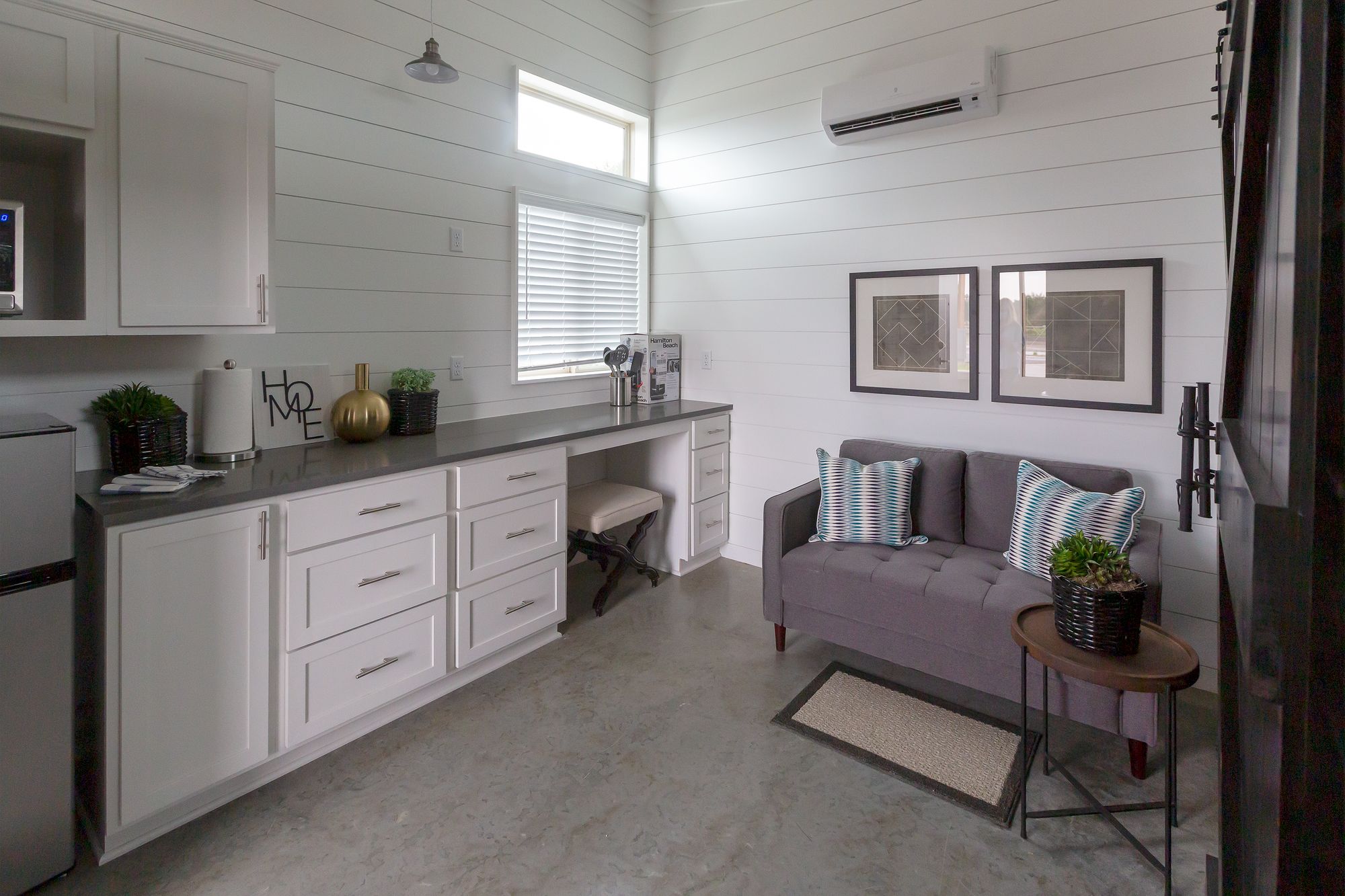
There is zoning reform going on, Evans said, dealing with issues like minimum square footage for houses and land.
Zoning code is a real challenge, but it’s not the only one.
“When you say, ‘I want to buy a tiny house and I need a mortgage, OK, so then you’ve got your first stop sign,” Williams said. “Well, there’s no product, a mortgage product for a tiny house. There are for manufactured housing, but they’re built differently. So then you have insurance issues and you have, how are they attached to the ground? … You go to the bank and you say, ‘I want to buy this tiny house,’ and they look at you like, ‘Uh, what does that mean?’”
As mentioned before, neighbors aren’t always thrilled either.
“Because of property value concerns, neighbors flip out when they have a giant house on a giant lot and somebody tries to get a small house on a small lot next to them,” Evans said. She thinks Not In My Backyard attitudes are one of the biggest barriers to tiny homes, especially when it comes to tiny home villages for the homeless.
“A lot of these individuals have issues, mental health issues, substance problems and so forth,” she said. “And so people are concerned about bringing those types of people into their neighborhoods.”
It creates a difficult path for a developer.
“They can’t find a place to put it, or they try to change the zoning and all the neighbors show up and say ‘We don’t want this here.’ And it gets shot down,” Evans said.
Still, she says, as homelessness becomes a larger problem, with such a divide between the haves and have nots, “I think we’re going to start seeing this pop up in a lot of different locations.”
As with any idea in its early stages, there’s a lot of enthusiasm for the potential of tiny homes. But are they the neat solution many people envision?
While Evans is a fan of tiny homes done properly, she is concerned there is a wrong way to do them.
For example, people with good intentions, she said, sometimes create tiny homes for the homeless that don’t have heating, air conditioning, bathrooms or plumbing.
“I know their heart’s in the right place. Maybe it’s better than having nothing. But is that really a solution?”
She’s also uncomfortable with normalizing putting people in cramped and subpar conditions to deal with housing problems.
“We don’t want to necessarily say, OK, 220 square feet is adequate for everyone. There’s a reason the zoning codes and building codes were initiated. And that was kind of to avoid cramped living conditions associated with like tenement housing in New York City,” Evans said.
Also, these homes are generally seen as a short term solution for a few years until people can afford something bigger, she said.
“There’s lots of issues with living in a small space,” she said. It can be very challenging for people to fit all the things they need, and they then end up relying on others. People might ask to use a friend’s washer and dryer, store their bike in a friend’s garage or ask to borrow their lawn mower. That’s why she thinks a tiny home village is the best model, with a common area for laundry, showers and storage.
That’s not to say she’s against tiny homes. There are tiny home communities with heat and air conditioning that are really nice, she said. “I think it can be done right.”
She likes the idea of small housing, too, perhaps not quite so tiny, of 500 square feet or more.
“Our developers are building McMansions. And they think the trickle down effect is gonna somehow help people struggling at the bottom. And it’s not, it’s absolutely not,” Evans said. “We need to be building smaller homes. Even like the bungalows of the ‘20s and ‘30s, many of them have fallen into disrepair. We’re not building that size house when that’s what we need, really.”
One of the big advantages to tiny homes is their cost savings – there’s less to pay for in materials and labor, for one thing.
Since the idea is so new here, it’s hard to say what exact costs would be, but Williams guessed maybe $125,000 to buy a tiny home, and that would be on the high end. Rental might cost $450 to $500 a month, she estimated.
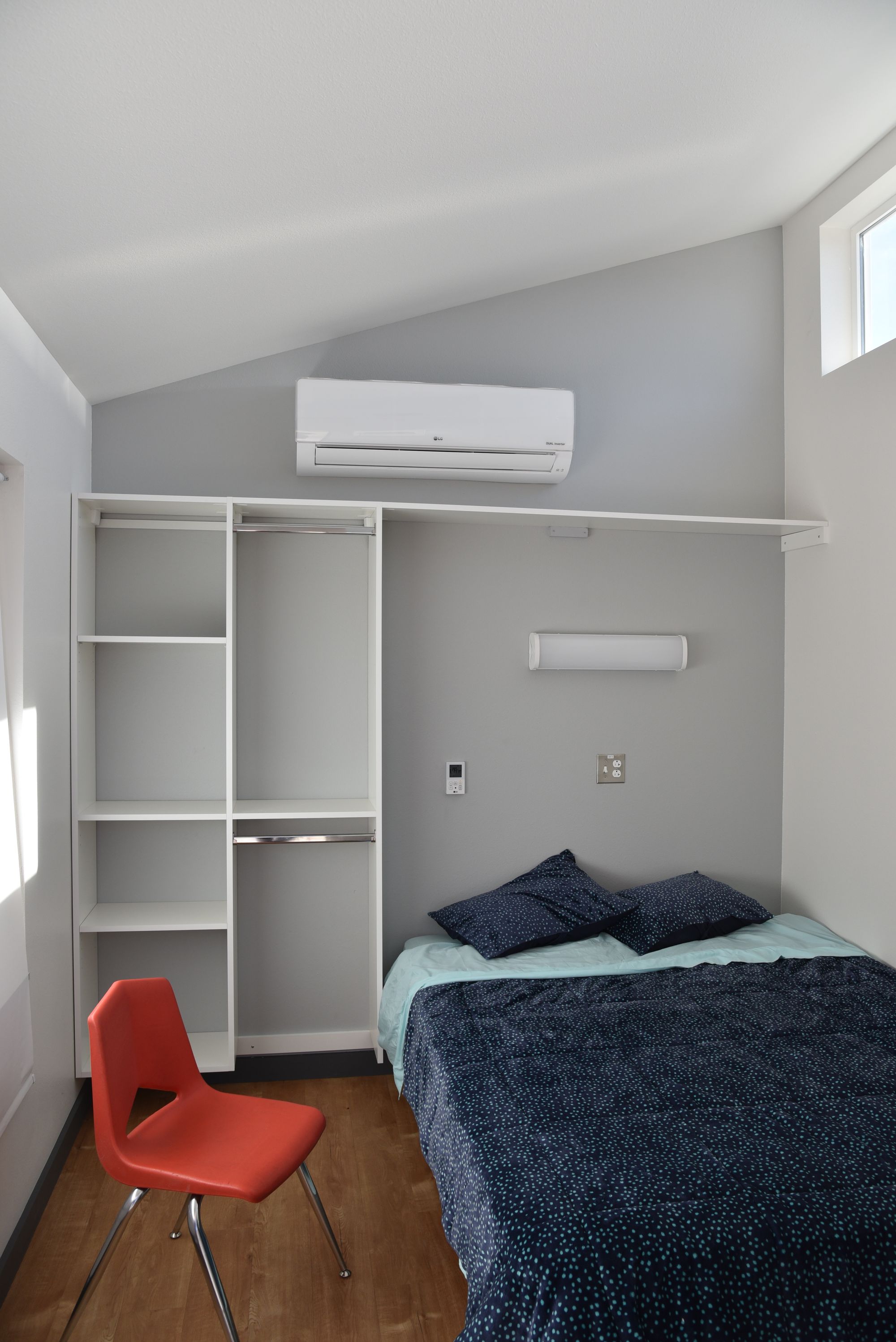
Those costs are well under market rates for housing in Sussex County now. The median home sales price in the county in June, according to Realtor.com, was $450,000, although the price of beach real estate likely skews that number. That’s why it’s well-known that many people who work at the beaches live on the western side of the county.
Median gross rental costs from 2016 to 2020 in Sussex County were more than $1,000 a month, according to census data.
There’s no single solution to the nuanced problem of housing, Katie Millard, director of development and advocacy for Sussex Habitat for Humanity, said. But she sees tiny homes as one possible way to help.
“They’re a great option … we’re so short (on housing) that it’s needed, and especially if it’s going to be a very affordable option.”
“Different types of tiny houses are going to be for different types of families looking for different things,” she said. If someone moves into transitional tiny housing like the very small units proposed for the homeless in Georgetown, Millard said, it’s important to also have options for housing they can move into later.
Hopefully, we’re beginning to learn more about how to do tiny villages right and make them successful, Evans said.
“Right now I would say they just haven’t been utilized to the level that they could be for general housing affordability.”
Find out more about tiny homes:
Tiny House Communities in Delaware Facebook group
Tiny Home Industry Association, with information about local laws, advocacy and more
Tinyhouse.com, an online community
Further reading on the housing crisis:
